Editor’s note: This article is part of a series marking International Women’s Day, on March 8, 2016. Read the latest from Global scholars on the role of the Sustainable Development Goals, women’s well-being, and gender-sensitive policies in sub-Saharan Africa.
While the world has made great strides toward gender equality over the last several decades, major disparities between men and women still exist. And women, from all walks of life, still face disadvantages. In the United States, we are yet to see a female president, and among the United Kingdom, Germany, and Australia, the tally remains at one.
Women around the world earn on average only 60 to 75 percent of men’s wages. They are 65 percent more likely to work in informal, and often unpaid, work. The labor force participation in developing countries is just over half of all women, and even when women are able to work, they face a “double burden” of work inside and outside the home.
The root of these inequalities can be traced to early childhood and education. From birth, many girls are raised and educated differently than boys. This week, the United Nations Educational, Scientific and Cultural Organization published the eAtlas of Gender Inequality in Education, showing how countries compare on dozens of indicators for gender equality in schools. For many the picture is bleak: In 14 countries, more than 30 percent of girls are out of school. There are 30 countries where girls are significantly disadvantaged in secondary school, with fewer than 80 girls (and in some cases fewer than 50) for every 100 boys are enrolled. In terms of academic leadership, the report shows that in a majority of countries in South Asia and sub-Saharan Africa fewer than 50 percent of college professors are female.
Nowhere is the discrimination against education for girls and women more clear than in Northern Nigeria, where Boko Haram has led brutal attacks on schools. Boko Haram, literally meaning “western education is forbidden,” first made headlines in the Western media in 2014 for having kidnapped over 200 young women from their secondary school. Events like this remind us of how far we are from equality and what we are fighting for.
Of course, it is not all bleak. One of my colleagues at the Center for Universal Education (CUE) at Brookings and head of the development Research and Projects Centre (dRPC) in Nigeria, Judith-Ann Walker, is tackling gender discrimination head on. In September at an event hosted by CUE, I heard Judith-Ann speak about the center’s efforts to not just talk to those who agree on the need to educate girls, but also actively engage those who disagree and convince them of the benefits of equal education for women. Through this approach, hearts and minds change slowly over time.
The world needs bold leaders like Judith-Ann to fight for girls’ education. One effort that I am particularly proud of is the Girls CHARGE (Collaborative for Harnessing Ambition and Resources for Girls’ Education) initiative, an effort to globally prioritize local leadership as a second generation priority for girls’ education. This works because local leaders help us to discover meaningful solutions for change. One of the real values in Judith-Ann’s effort is promoting the next generation of women leaders, getting girls into school early and through a full education so they can become leaders in government and business, and close the gender gaps that persist today.
In 2016, we can celebrate the strides to gender equality, but it’s not time to relax. Women around the world still face inequality. It is the responsibility of the international community to foster leaders and develop solutions that will close this gap once and for all.
The Brookings Institution is committed to quality, independence, and impact.
We are supported by a diverse array of funders. In line with our values and policies, each Brookings publication represents the sole views of its author(s).
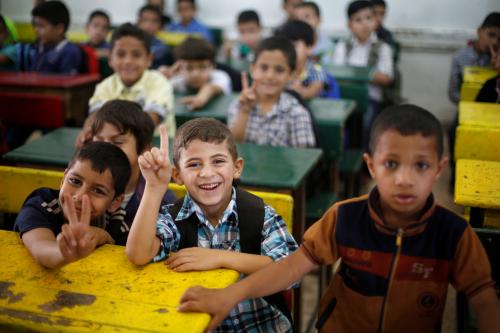



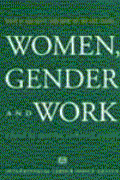

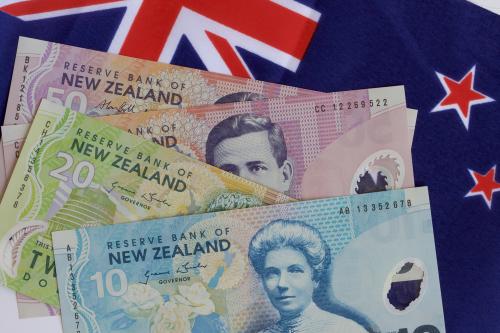
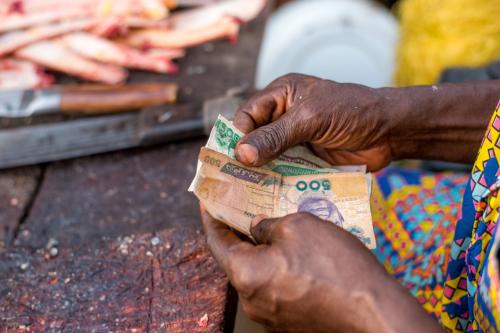
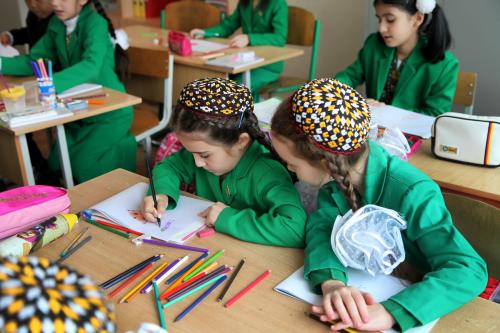
Commentary
What does International Women’s Day mean for the future of gender equality?
March 7, 2016